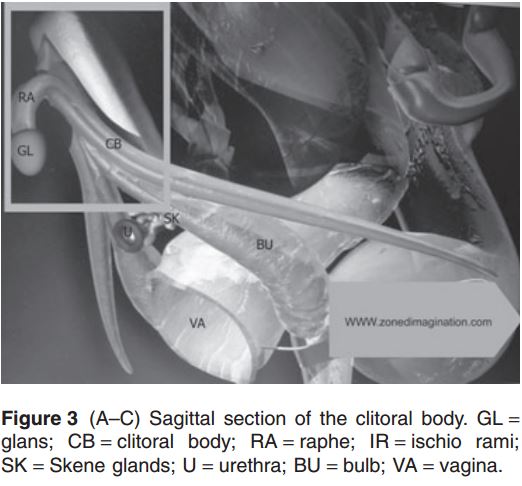
Frequently Unasked Questions
The satirical image and caption at right are taken from Our Dumb Century, a publication of the famous The Onion website, depicting a fictitiously archival 1966 headline. The joke is amusing because of how little attention medical and social scientists (and society in general) paid to half of the species for an astonishingly long time. Today I feel like little has changed. A recent io9 article called “Nobody knew how the clitoris really worked until four years ago” has been making the social media rounds. The piece is a copy & paste of a post at the Museum of Sex blog from 2011, which is, in turn, about a paper published in 2009 sonographically mapping the extensive internal parts of the clitoris by Pierre Foldès and Odile Buisson¹. The 2009 paper and other similar works are important, but note how slow all this has been on the uptake. As far as I can tell there was no media response at all in 2009. In 2010, there were a smattering of blog posts about it, such as at BlogHer. The Museum of Sex Blog did not write about it until the end of 2011 and was only noticed by io9 this week. And if that isn’t bad enough, io9 and the source blog are wrong about the timeline, wrong about the details, and seemingly unaware of why this research is important.
Urologist Helen O’Connell and her colleagues described all of the important internal clitoral structures and their dimensions in a Journal of Urology paper²— in 1998. If 15 years of indifference to female anatomy seems ridiculous, buckle in. OBGYN R.L. Dickinson made detailed drawings of the same features in 1949 (4). G.L. Kobelt drew them in 1844.

So, here we are just 170 years later and getting around to figuring out what all that stuff is for. In all honesty, Foldès and Buisson have caught some attention because they wanted to prove that the G-spot exists. So just in case society suddenly wants to table this topic for a couple more centuries, let’s talk about what diligent research and high tech methods have won us in the last few years, how the internet has botched reporting it, and why it matters.
Just the tip
Some textbooks and even reference works feature diagrams of the female body similar to this.
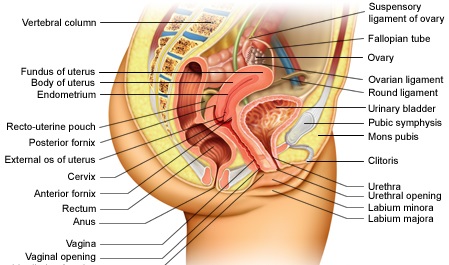
The clitoris label seems like an afterthought. The clitoris is also identified in such materials as the small button just below the mons. Following the 1998 paper, more references began to describe the organ as having extensive erectile tissue beneath the surface, but most did not change much. Foldès and Buisson’s work is a game-changer because they used more sophisticated technology, 2-D and 3-D sonography, to map the clitoris. This is an artistic rendering from the 2009 paper.
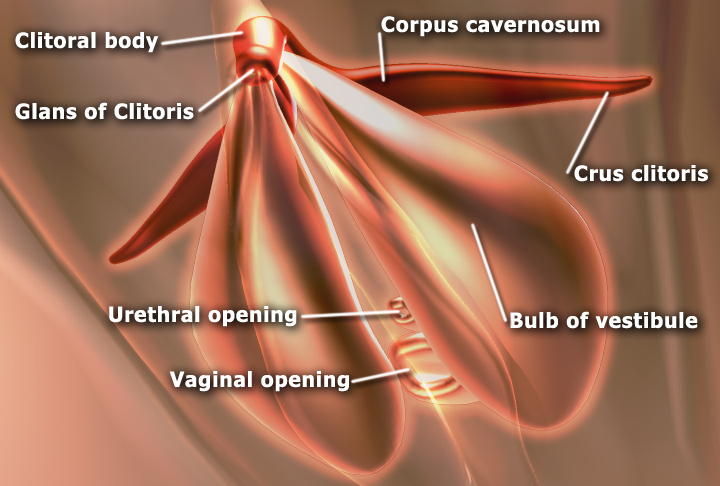
Far from the knob of flesh it is often denigrated as, the clitoris is a multi-part system which Helen O’Connell called the clitoral complex. It has extensive subdermal erectile tissue apart from the glans and raphe body, to include bulbs and crura. Robert King wrote, it has at least eighteen distinct interacting functional parts including muscular, erectile, and sensitive tissues. MRI studies revealed that most of these structures expand significantly during arousal and the bulbs can effectively wrap about the vagina. It is, in a word, quite spectacular.
Both io9 and the Museum of Sex blog wrote that Foldès and Buisson’s 2009 paper is the first time an erectile clitoris was imaged, and therefore the first time we know the structure of it. Both are wrong. None of the participants in that research were aroused. Since everyone including King are repeating that part, here is a quote from the paper’s abstract to prove it:
We used functional sonography of the quiescent clitoris with voluntary perineal contractions and with finger penetration without sexual stimulation.
There have been studies imaging the clitoris during arousal, but they were MRI studies and they were conducted mostly between 2004 and 2006. In fact, the 2009 study adds almost nothing to the understanding of the clitoral complex structure except dynamic data and the one thing they were trying to show: the so-called G-spot might be explained as the point where the anterior vaginal wall contacts the internal clitoris. They concluded that the participant’s self-noted G-spot was near to the junction of the vaginal wall and clitoris. The ultrasound methods do offer one huge methodological advantage: action. MRI has been used to image people having intercourse, but it’s more like a Polaroid, where ultrasound is live video.
In 2010³, they rounded third base, scientifically speaking, and recorded images of intercourse. Below is one of those (apologies for the graphic sexual image). The authors also reported that during intercourse, the penis exerts pressure on the anterior vaginal wall resulting in pressure (and movement) of penis on the entire CUV (clitoral) complex against the pubic symphisis³.
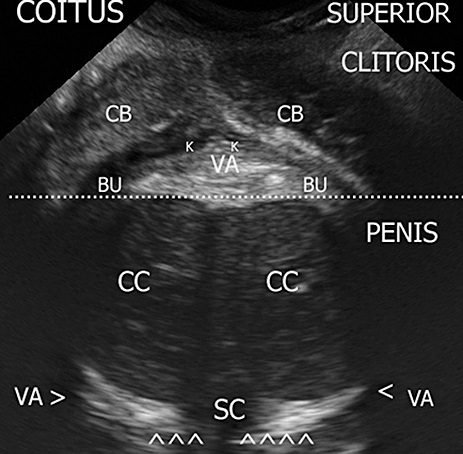
The advancements in knowledge here have failed to penetrate the cultural psyche, and many media sites that have reported on it got important details wrong. They (or at least io9) also failed to note most of the reasons this research is important.
Treating female genital mutilation
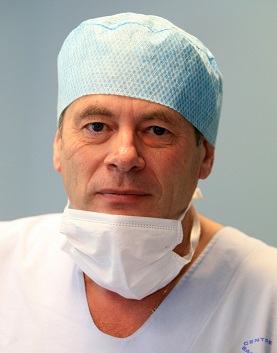
It is hard to imagine many crimes more heinous than FGM. Not just a violation or horrific life-threatening assault, but a deliberate attempt to rob a person of part of their humanity; to permanently deprive them of a joy of being alive. I sort of denigrated Foldès and Buisson earlier as just looking for the G-spot, but Dr. Pierre Foldès is a certifiable hero. He has spent 25 years pioneering methods of treating FGM, which nobody before him and his colleagues had ever thought to do. He has performed more than 3,000 restorative surgeries and many of these were during humanitarian trips to Sub-Saharan Africa, and in spite of multiple death threats. Foldès and Buisson may have made the G-spot a focus of their sonographic research, but they also were developing methods to image these structures to inform and foster medical treatments for FGM, as well as debilitation caused by disease, birth defects, and trauma. We can not very well fix parts if we do not know how they work and what they are like.
Full credit to the Museum of Sex blog (and more recently, Psychology Today) which did cover this aspect admirably— well done. io9, while stating flatly that it was recapping the Museum of Sex story, makes no mention of FGM but they did find the space to add a photo of a woman that might have been stolen from an Abercrombie & Fitch ad. Stay classy, io9.
The vaginal orgasm and the G-spot debate: We can all stop caring now
The vaginal neighborhood was politicized long before imbeciles in suits spewed dreck on the airwaves about “shutting that whole thing down” or “legitimate rape”. In the first half of the 20th century, notions of vaginal vs. clitoral orgasm took hold (thank Freud, who coined the term vaginal orgasm), along with the ignorant and sexist notions that women incapable of the “vaginal” orgasm were “frigid” and that penis-vagina sex was the only source of orgasms that counted. This lead some feminists to adopt the opposite and politically-valenced position that the vagina was irrelevant to pleasure, and that the vaginal orgasm was a lie. Just in case you think I am overstating, feminist Anne Koedt wrote in 1970, It has also been known that women need no anesthesia inside the vagina during surgery, thus pointing to the fact that the vagina is in fact not a highly sensitive area. (This quote was repeated to me in a 2012 gender studies classroom by a professor, quite seriously) This is why it’s good to remember the opposite of wrong is not necessarily right and that it’s a bad idea to confuse facts with moral values: facts can change.
The modern research tells us that everyone is right! Or, everyone is wrong, however you’d like to parse it, because all of the parts are important. And right on cue, both “sides” of the G-spot debate have claimed immediate victory with the anti side saying “See, it’s just clitoral!” and the pro side saying “see! it is real, and just where we said!”. The correct answer is, researchers aside, who cares? What if the orgasm some women experience during vaginal intercourse is caused by the internal clitoris? Does changing the mere label and invisible mechanism for the event from “vaginal” to “internal clitoral” change a thing about the event for anybody involved? Does it somehow change moral arguments about the political equality of women? I don’t think that it does. Isn’t it cool if it’s a fact that the G-spot that some women report actually is the spot where the clitoris contacts the anterior vaginal wall? At least we’d have sorted out the truth. Also, because structures of the clitoral complex vary in size and position person to person, and they are dynamic with things shifting around based on arousal and touching or insertion, it’s not strange that the G-spot (if it can so be called) is not in any universally reliable spatial location or even present in all individuals during sex. Do we gain anything important by changing the word G-spot to C-spot?
The concern is that insecure people (mostly men, I should think) need to place blame for perceived sexual failure (tallied in orgasms) on not-themselves. To such unreasonableness we should respond that the person at fault if a woman can’t have one kind or any kind of orgasm is (barring emotional or medical problems), most likely, nobody. The answer would still be nobody no matter what science learned about the vagina or clitoris, because those are not things that anyone has control over. We don’t need to invent bullshit stories about anatomy to counteract other people’s bullshit ideological stories about either the supposed frigidity of women or about the denial that vaginal sex can be fun. We can skip all the bull, keep the science, and do whatever makes us happy.
Further reading
Time for rethink on the clitoris 2006 BBC coverage of Helen O’Connell’s research
The Lady Vanishes by Robert J. King on Psychology Today
Do Vaginal Orgasms Exist? by Lissa Rankin, MD on BlogHer
Surgery Restores Sexual Function In Women With Genital Mutilation NPR coverage of Dr. Pierre Foldès
References
1 Foldes, P. and Buisson, O. 2009. The Clitoral Complex: A Dynamic Sonographic Study. Journal of Sexual Medicine, 6: 1223–1231. doi: 10.1111/j.1743-6109.2009.01231.x
2 H E O’Connell, J M Hutson, C R Anderson, R J Plenter. 1998. Anatomical relationship between urethra and clitoris. The Journal of Urology. 07/1998; 159(6):1892-7
3 Odile Buisson, Pierre Foldes, Emmanuele Jannini, Sylvain Mimoun, Coitus as Revealed by Ultrasound in One Volunteer Couple, The Journal of Sexual Medicine, 2010, 7, 8
4 Dickinson, R. L. (1949). Human sex anatomy: A topographical hand atlas.

